All products featured are independently chosen by us. However, SoundGuys may receive a commission on orders placed through its retail links. See our ethics statement.
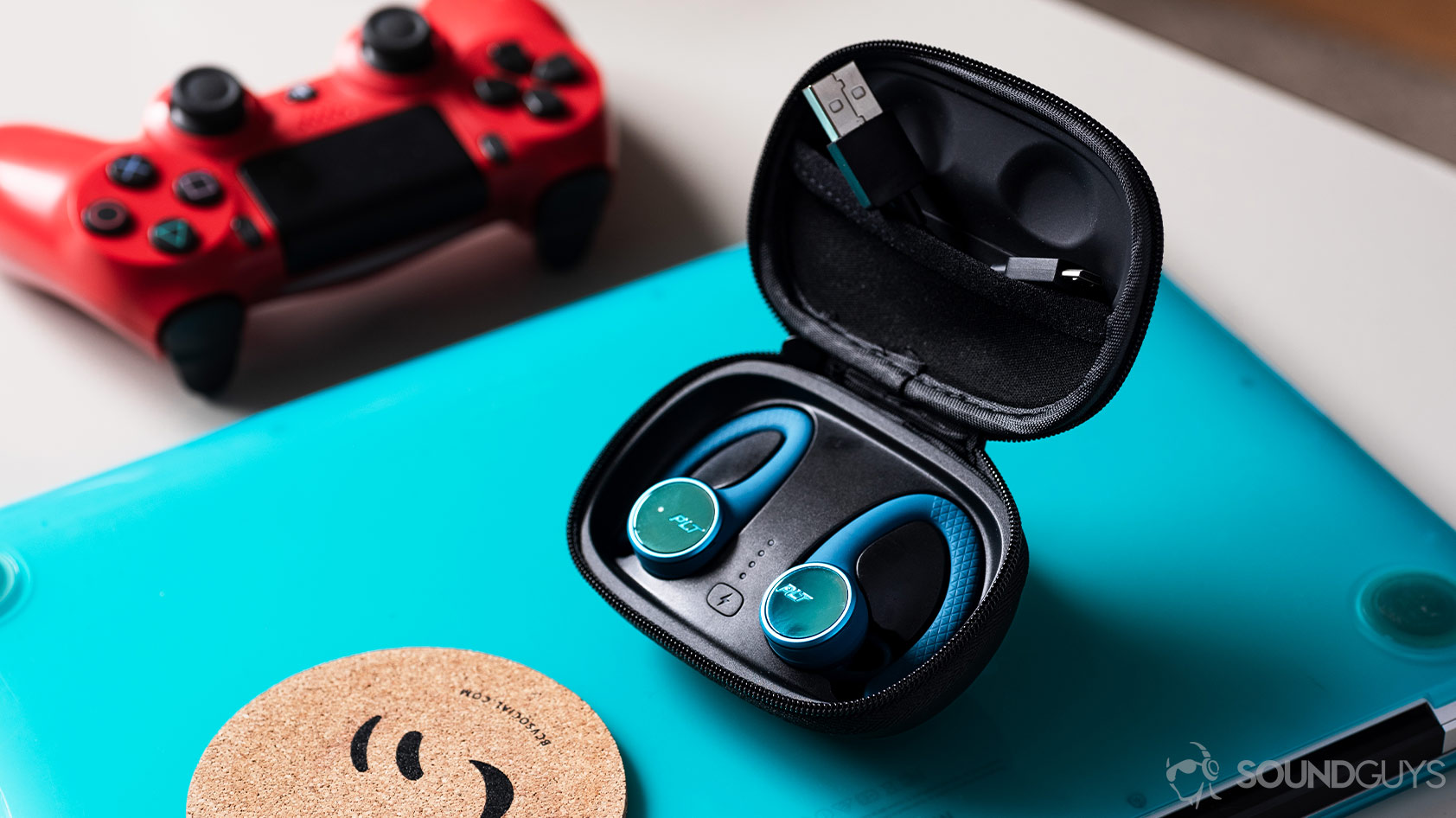
Plantronics BackBeat FIT 3200 review
Published onOctober 26, 2020
Plantronics BackBeat FIT 3200
When exercising at your local gym, the last thing you want to hear are the loud grunts and yells of the bodybuilders next to you. The Plantronics BackBeat FIT 3200 earbuds remedy this with an ear hook design and ear tips that seal your ear canal. Gym rats who were drawn to the price and design of the older BackBeat FIT 3100 will find plenty to love about the 3200.
Editor’s note: this Plantronics BackBeat FIT 3200 review was updated on October 26, 2020, to include a microphone poll.
Who should get the Plantronics BackBeat FIT 3200?
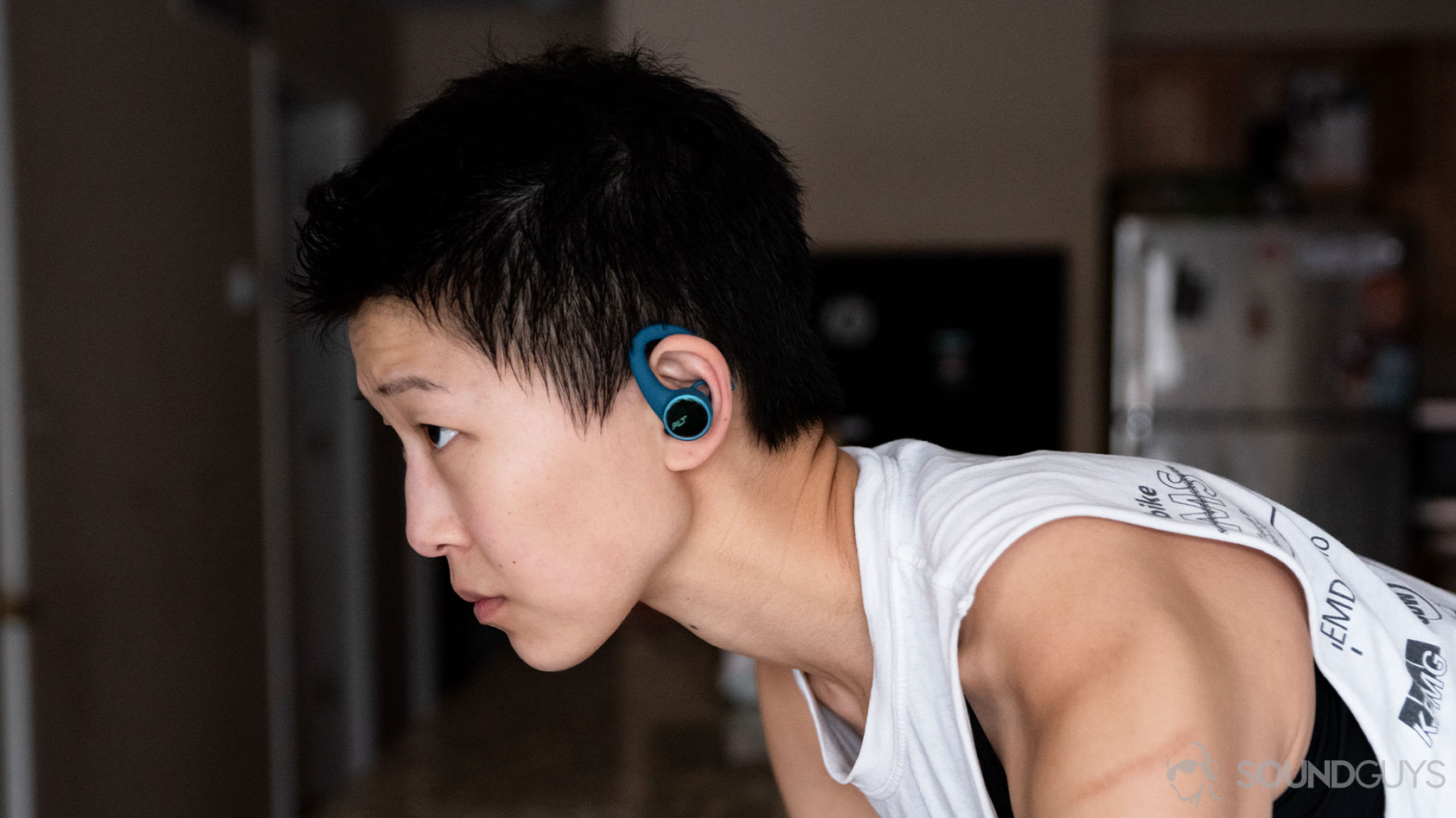
- Athletes will benefit from using these buds most, because of the ear hook design and IP57 dust and water-resistant rating. Although Plantronics dropped the previous generation’s Ambient Aware ear tips, the BackBeat FIT 3200 remains a great option for indoor and outdoor athletes thanks to ambient aware software.
What’s it like to use the Plantronics BackBeat FIT 3200?
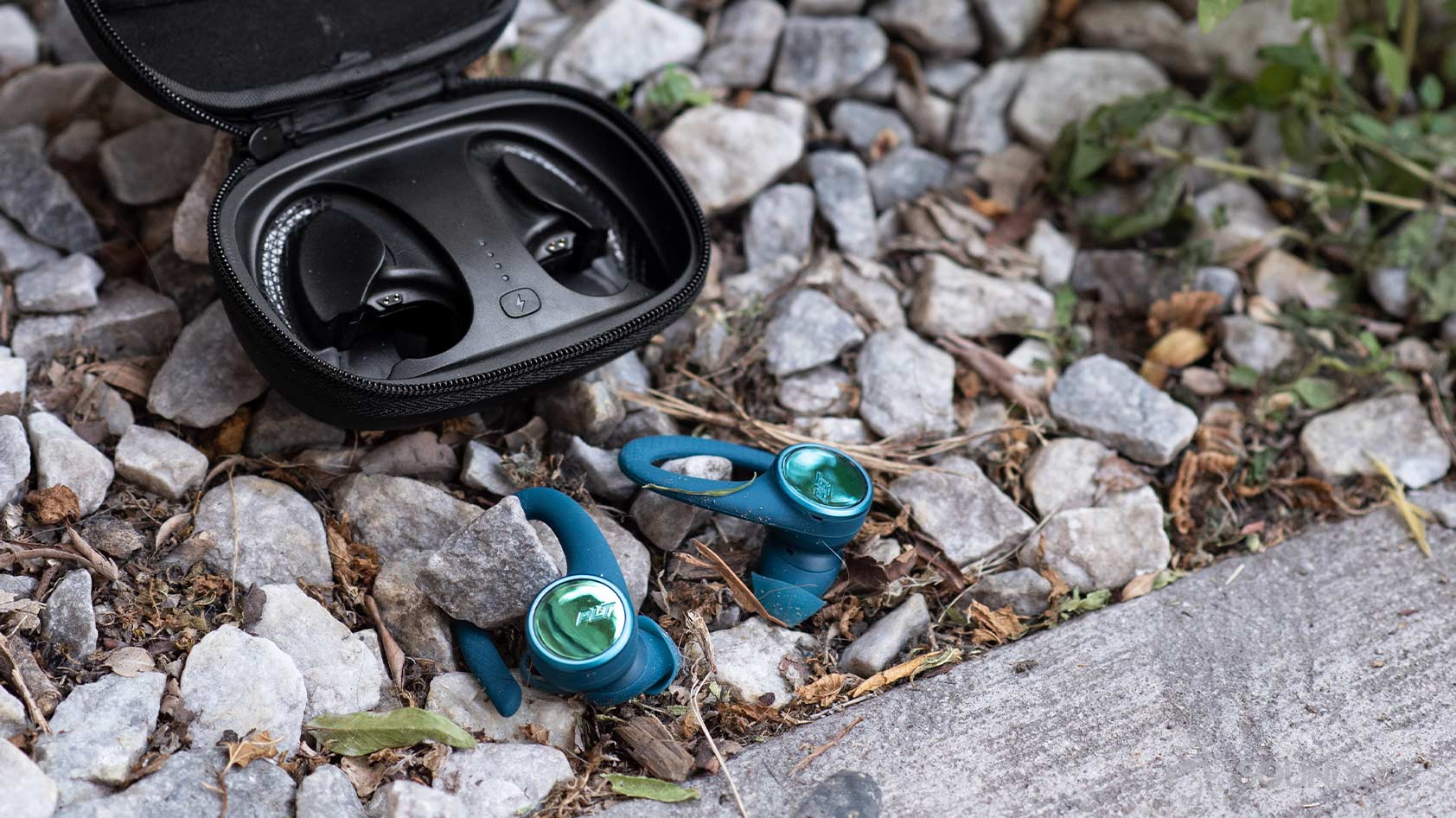
These earphones are very clearly designed for exercise: rubberized ear hooks keep the buds secure, while the ear tips have their own concha grip ring similar to the 1More Stylish. Each earbud has a multifunction holographic panel that operates different controls. The right panel responds solely as a tactile button while the left earbud registers taps and presses.
Unlike the Plantronics BackBeat FIT 3100, the BackBeat FIT 3200 includes ear tips that completely seal to the ear canal. When I tested the old model, I was always aware of my surroundings, which was good for exercise but annoying for regular use. However, with the 3200 model, I could passively block out my surroundings by default and enable passthrough audio when I wanted to keep an ear on my environment. The software ambient aware mode works but doesn’t sound pleasant as it makes background noise far too harsh and amplified.
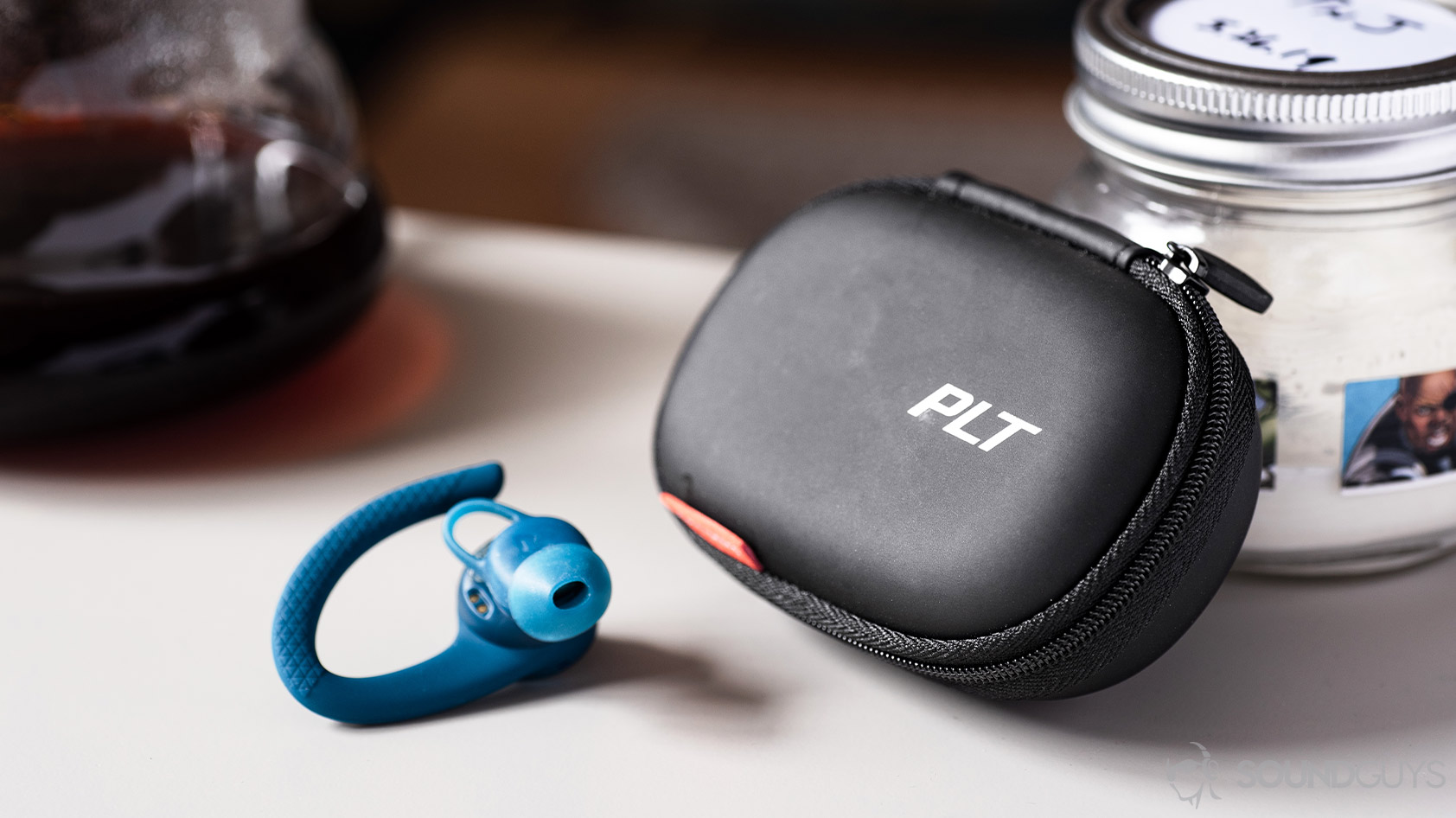
Working out with these earbuds was great: I spend much of my time rock climbing, so my hands are covered in chalk. The dust-resistant build was a relief to have, and meant I didn’t have to waste time rinsing off my hands every time I wanted to skip a track. When skateboarding and listening in mono mode, I never worried about whether the bud would fly out while practicing my novice ollie.
Should you get the BackBeat app?
The BackBeat app should be downloaded by all Plantronics BackBeat FIT 2100, 3100, 3150, 3200, 6100 owners.
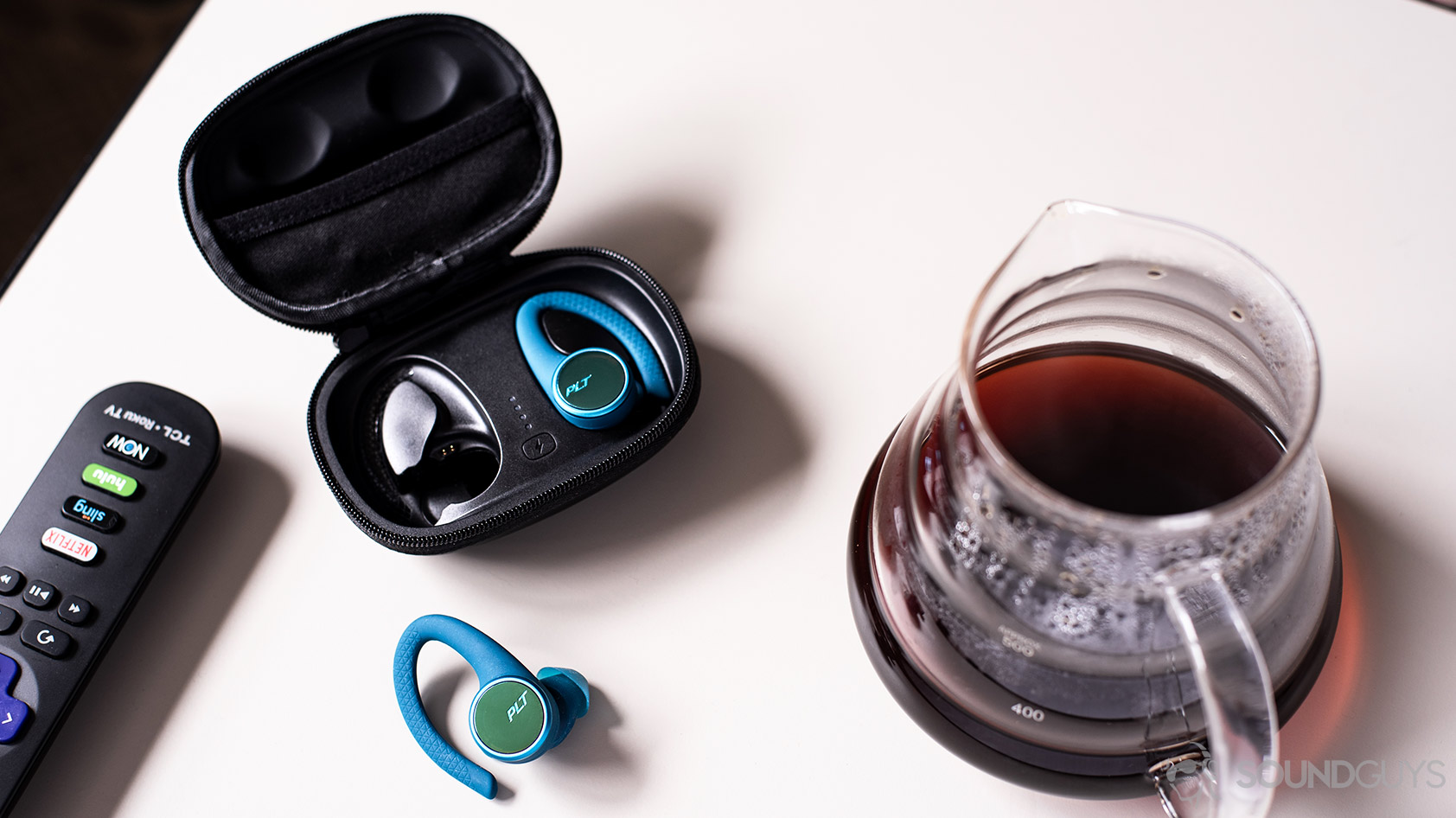
Not only can you use functions like Find My Headset, but you also benefit from MyTap: this lets users customize the left earbud’s touch functionality. You get to choose two functions from the following list: voice assistant access (e.g. Google Assistant), headphone status or time readouts, set timer, start a stopwatch, play a selected Spotify or Deezer playlist, enable awareness listening, or cycle through Plantronics’ preset EQs. Users who don’t want to remap their controls can just use the default volume adjustment settings.
You also have a host of other options from the app’s dashboard like selecting a primary earbud—this dictates which bud can be used for mono listening, and is a great feature for the hearing impaired. You can also select one of three equalizers (PLT signature Balanced, Bright, and Bass), and enable HD voice through the headset. The only thing the BackBeat app is missing: the ability to create custom EQs.
Connection strength is reliable
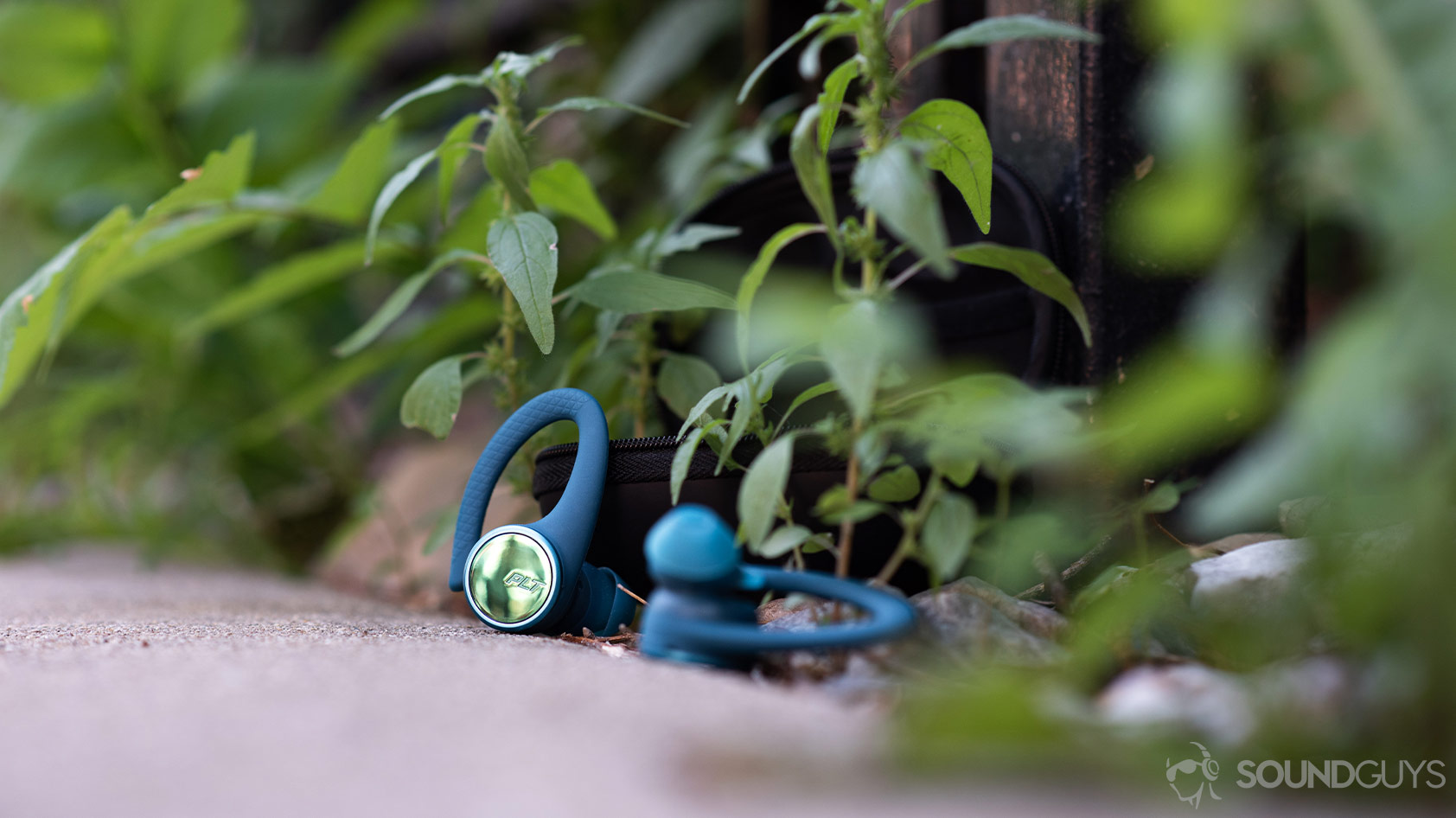
The Plantronics BackBeat FIT 3200 by Poly uses Class 1 Bluetooth 5.0 firmware and support AAC and SBC. This means iOS devices may stream high-quality audio at a consistent rate, but Android users are better off forcing SBC: AAC’s performance is unpredictable on Android, depending on the smartphone used.
However, Plantronics is known for its professional headsets, and its engineers understand that connection strength is important: the company managed to create a true wireless headset with reliable connection strength within the stellar 30-meter range. Our testing was performed with firmware version 2.1.0.26, so connection strength and software features could further improve with updates.
How long does the battery last?
We subject every headset to the same battery test, a constant 75dB output, and these earbuds lasted a full 9 hours, 16 minutes before the batteries depleted which is pretty remarkable for a reasonably priced headset. The charging case provides an additional two charge cycles, which we’ve come to expect from most true wireless packages. This means you can get well over a day’s-worth of listening out of the BackBeat FIT 3200 before reaching for the microUSB charging cable. Although this input is outdated it still supports fast charging: inserting the buds into the case for 15 minutes charges them up for 1.5 hours of playback.
How do the earbuds sound?
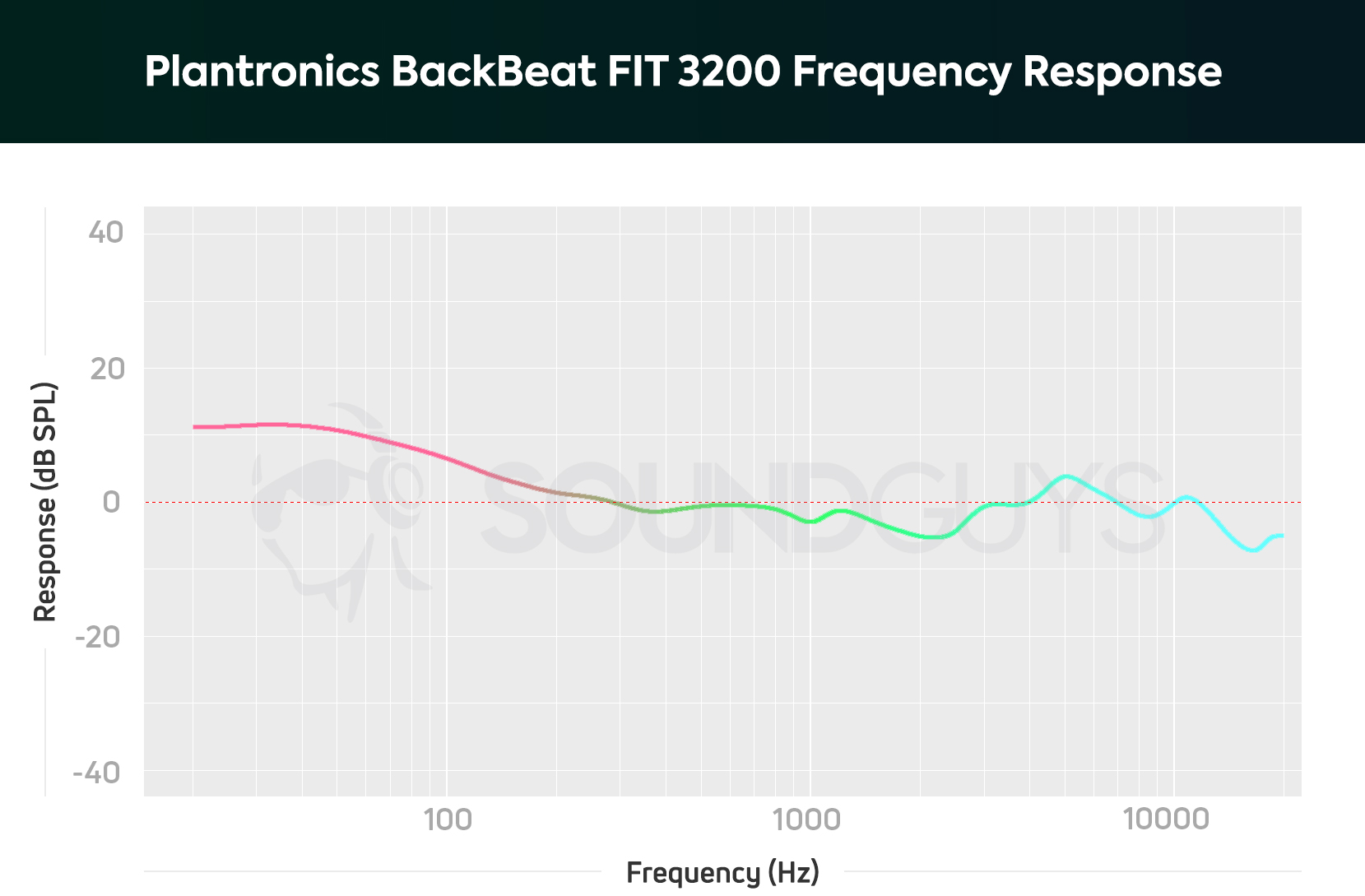
The earbuds sound pretty good, but clearly follow a workout-friendly frequency response. This is perfectly fine for athletic use when you want a song’s bassline to keep you motivated through your workouts, but it’s not great for analytical listening. Bass notes are emphasized and sound 1.5-2 times louder than the audio engineers of your favorite songs intended, which makes it hard to hear instrumental detail like a guitarist’s supplemental picking. The rest of the sound signature is fairly neutral—though, there are slight variations in emphasis and de-emphasis in the upper-mid and treble ranges.
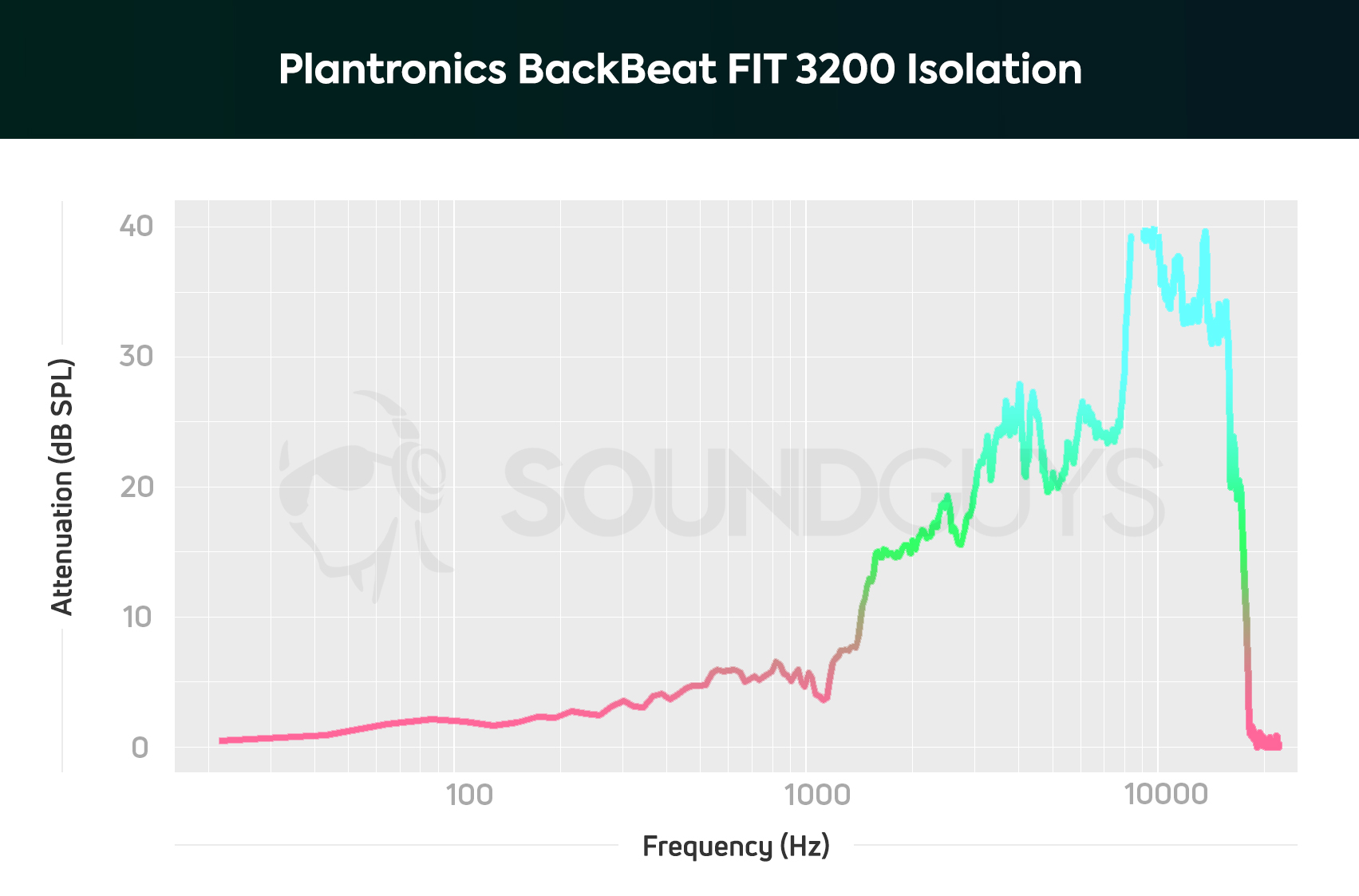
Isolation is quite good, and significantly improved over the Plantronics BackBeat FIT 3100 due to the refreshed ear tip design. External noise quieted if you’re able to find a proper fit with the supplied silicone sleeves. I was disappointed to see Plantronics and Poly only supplied consumers with three ear tips, two of which are the same size. Since this is a proprietary design, you’re going to have a hard time finding a third-party option that works.
Related: How to read charts
Despite the improved isolation properties, clarity is only okay: the ear tips lie directly on top of the dynamic driver’s mesh covering without any sort of angled driver and nozzle combination to direct the sound waves’ trajectory. This causes a lot of the sound to be funneled directly into the dense silicone ear tip before it’s angled toward the ear. As you can imagine, silicone isn’t a very reflective surface and absorbs the sound waves, making for a sub-optimal listening experience.
Lows, mids, and highs
The song I Am America by Shea Diamond opens with a funky bass guitar and synth line in E flat 5. Higher pitched notes that complement the main bass notes are hard to hear with this headset and is the first sign of auditory masking. Masking only becomes more obvious as the song is welcomes other instruments and vocals.
At 1:18, the accompanying vocalists carry the bridge forward by repeating the line, “All right!” When listening to the same song with the AKG K371 headphones, their voices are relayed clearly but it took effort for me to understand what was being said when using the BackBeat FIT 3200. What’s more, Diamond’s voice during the subsequent chorus (1:33) is hard to hear over the brass horns and especially during the short, cacophonous buildup from 1:47-1:52. It’s a bummer as Shea Diamond’s low register is an absolute pleasure, but much of her vocal timbre is nearly imperceptible with the earphones’ heavy-handed bass emphasis.
Can I use the Plantronics BackBeat FIT 3200 for phone calls?
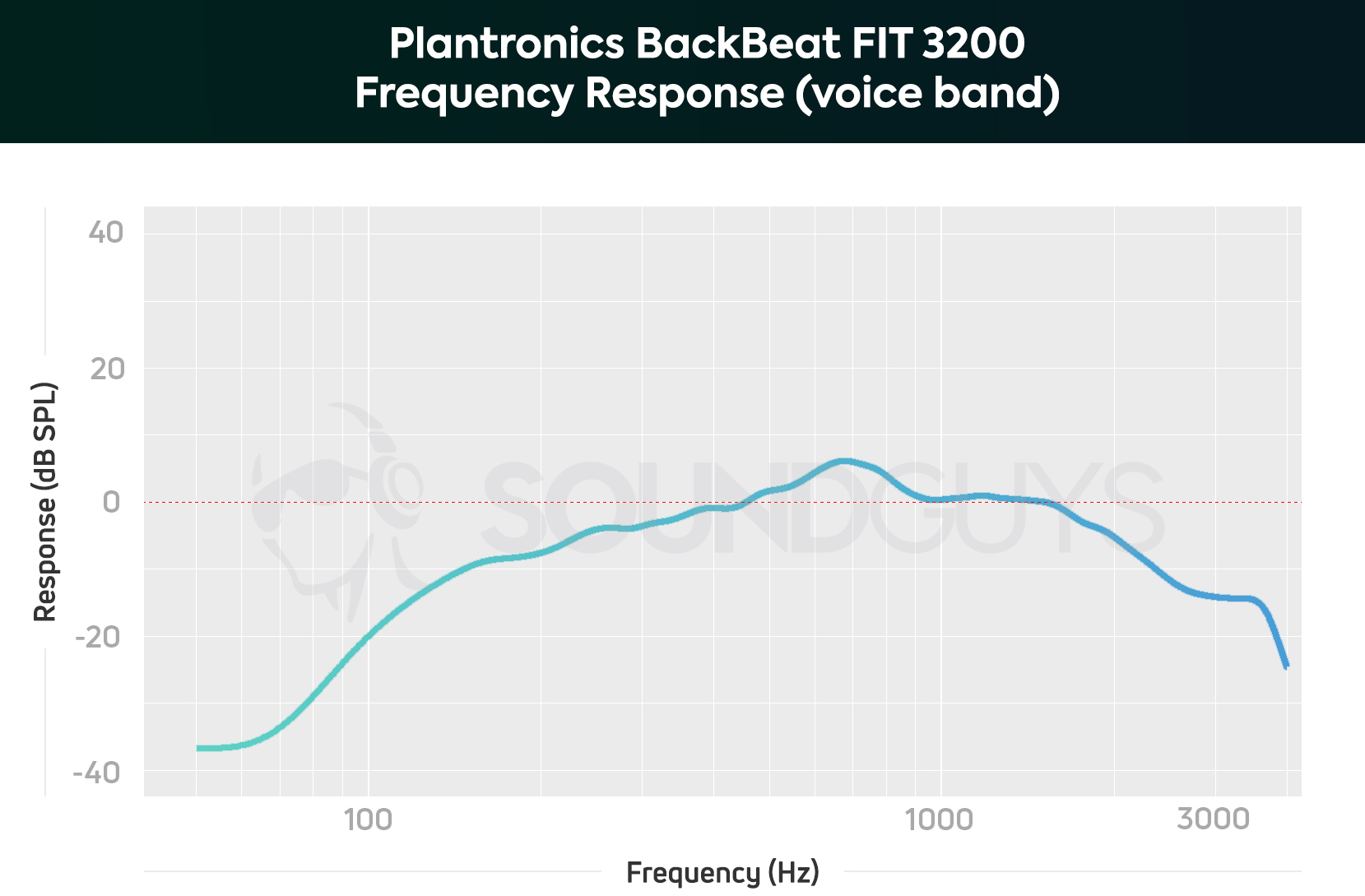
The BackBeat FIT 3200 microphone is sufficient for quick calls but nothing more. As you can hear in the microphone demo below, it’s obvious that I’m speaking through a headset. My voice is distant and muffled, and while speech intelligibility is fairly clear, it’s not the best we’ve heard from embedded microphones.
Plantronics BackBeat FIT 3200 microphone demo:
How does the microphone sound to you?
The low-frequency attenuation in vocal transmission is purposeful: Plantronics attempted to combat the proximity effect—when low notes are amplified too much and make the speaker sound boomy as they get too close to the microphone. Unfortunately, this makes the voice sound unpleasant as it poorly transmits fundamental vocal frequencies.
Plantronics BackBeat FIT 3200 vs Plantronics BackBeat FIT 3100: which is better?
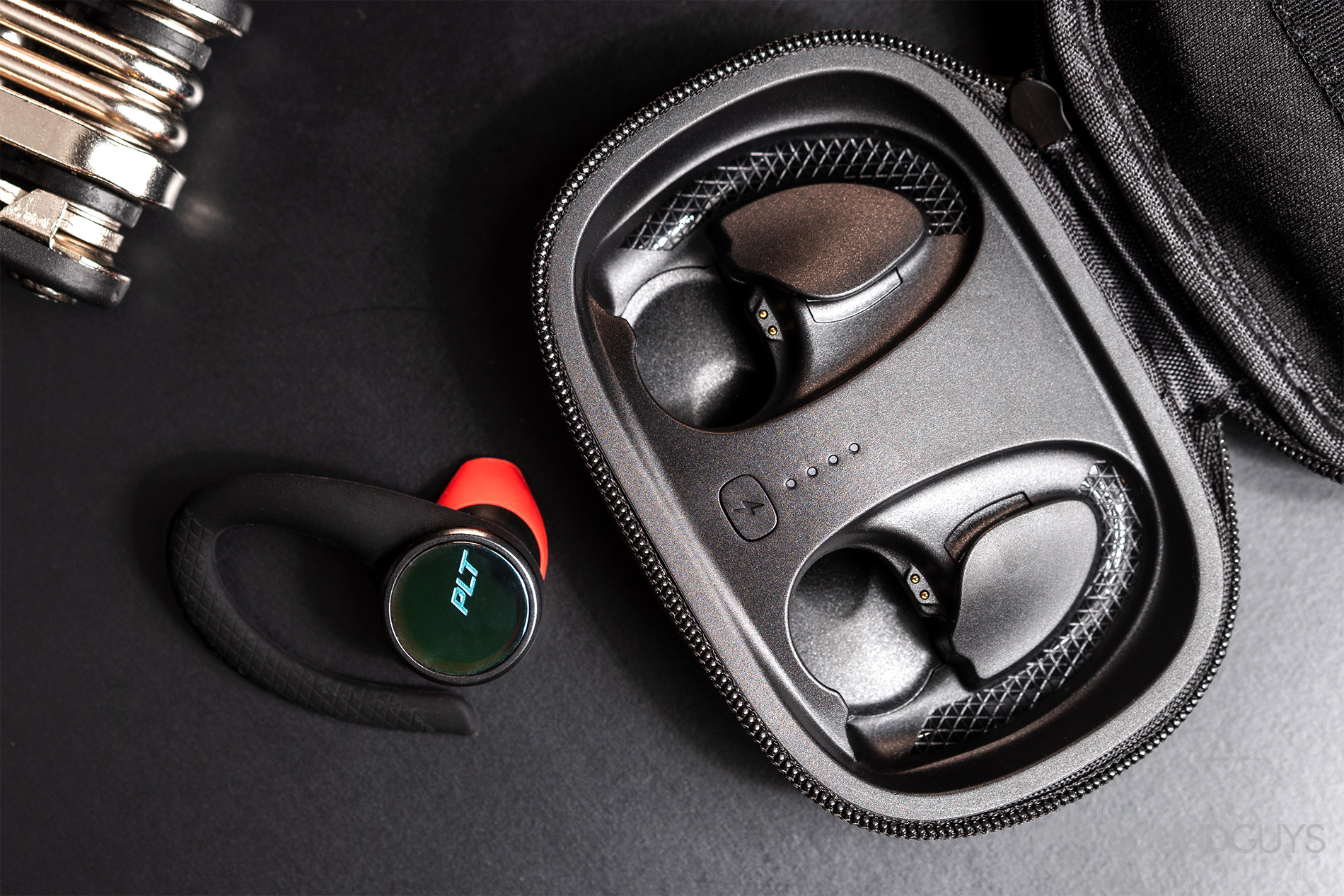
Neither headset is necessarily better than the other; instead, what it boils down to is the different ear tip design. The Plantronics BackBeat FIT 3100 is better for listeners who want to remain aware of their surroundings at all times, and the BackBeat FIT 3200 is the better pick for listeners who want to toggle ambient aware listening on and off at their leisure. Otherwise, the earphones are built identically right down to the cross-hatched texture on the ear hooks.
Battery life has improved greatly from the Plantronics BackBeat FIT 3100 to the 3200 version, nearly tripling the BackBeat FIT 3100 battery life. What’s more, the newer model affords a 30-meter wireless range, which is much greater than the 10-meter range of the 3100. Quick charging has also been improved from the old to the new model: it used to be that 15 minutes of putting the buds in the case yielded 1 hour of playtime, but now doing so yields 1.5 hours of playtime.
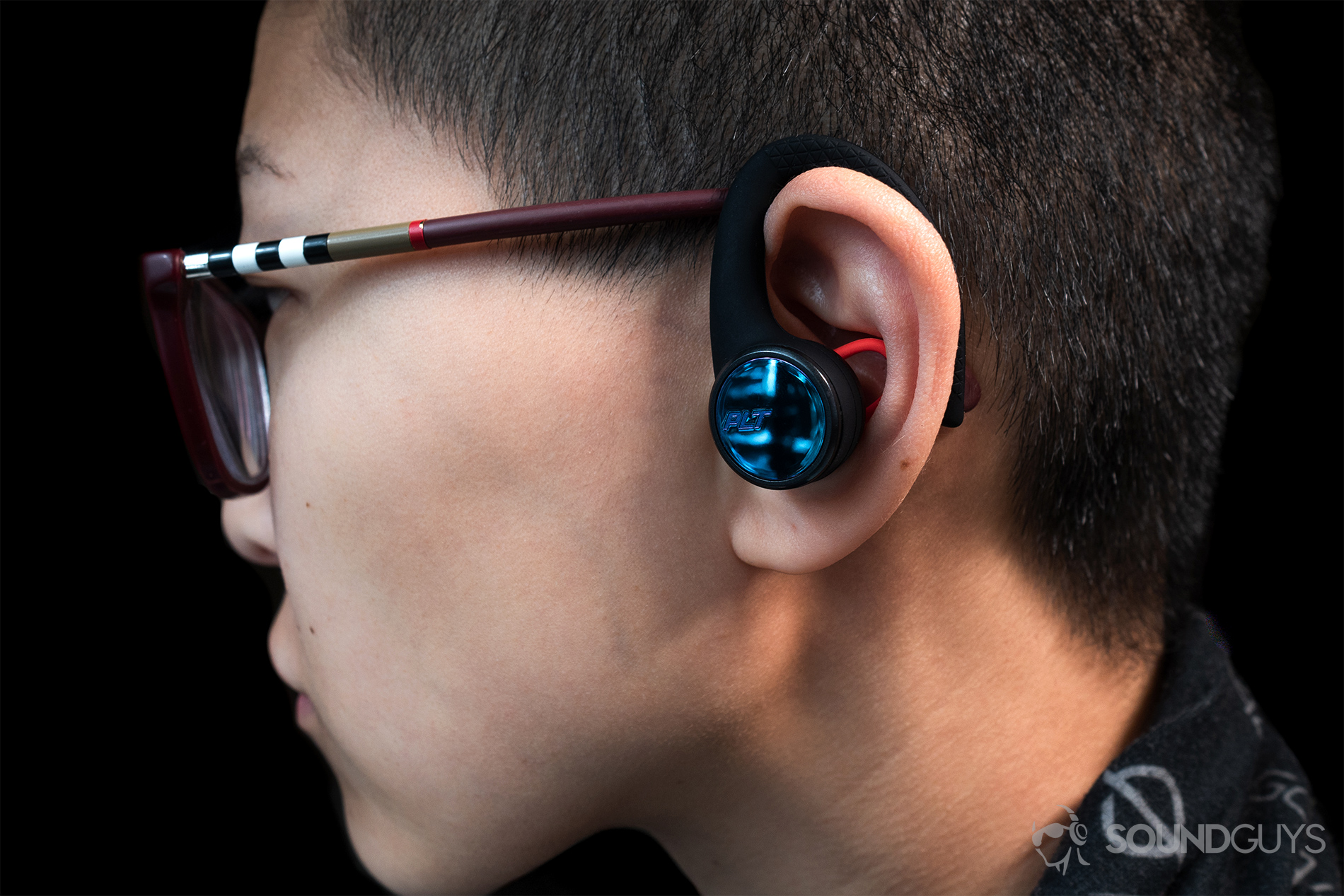
Both headsets are afforded MyTap features with the latest firmware updates. Originally, the Plantronics BackBeat FIT 3100 didn’t allow for virtual assistant access but that’s since been amended. Objectively, the Plantronics BackBeat FIT 3200 by Poly is the better headset when it comes to battery life and connection specifications, but again, the always-aware ear tips of the BackBeat FIT 3100 have their advantages.
Should you buy the Plantronics BackBeat FIT 3200 by Poly?

The Plantronics BackBeat FIT 3200 is a solid headset for the price: it’s more durable than the Beats Powerbeats Pro and JLab Epic Air Sport while staying cheaper than both alternatives, too. Sound quality may not be up to snuff for audiophiles but it’s not supposed to be: these are very clearly workout earbuds and have been engineered accordingly. The controls take some getting used to, but afford plenty of flexibility by allowing each listener to customize her user experience. Listeners who want a workout headset with a better microphone should consider the Beats Powerbeats for a similar price.